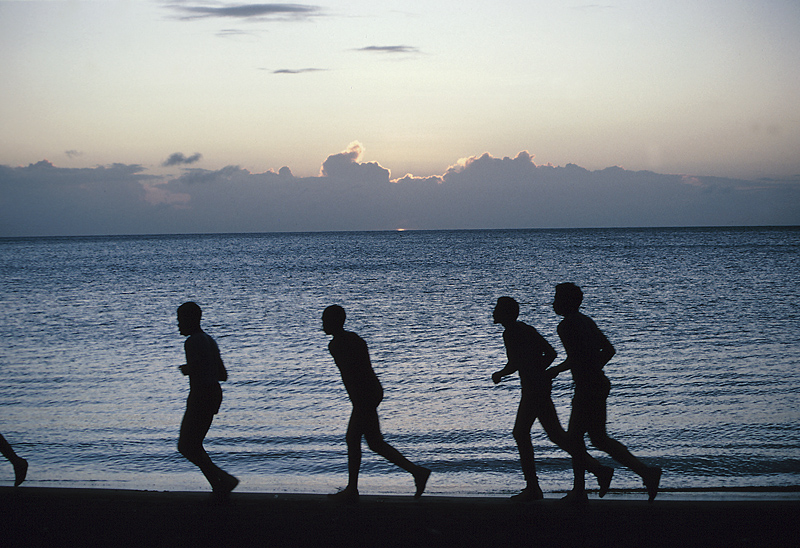
Children with multiple sclerosis (MS) who exercise have less disease activity than those who don’t, researchers report.
“The study is a first look, so we can’t draw any definitive conclusion from it,” said study author Dr. E. Ann Yeh, director of the pediatric MS and neuroinflammatory program at the Hospital for Sick Children in Toronto. “What we saw suggests there might be a relationship between being more active and the degree of disease activity one might have with MS.”
The study found an association, she said, but it wasn’t designed to prove a cause-and-effect relationship.
“We don’t know which way [the association] goes,” she added. The children with less disease activity may be more likely to exercise, or the exercise may reduce the disease activity. More study is needed to figure out which is which, she said.
The study was published online Aug. 12 in the journal Neurology.
In multiple sclerosis, the body’s immune system attacks the fatty substance called myelin that surrounds and protects nerve fibers. Symptoms vary from person to person, but may include tingling of extremities, fatigue, weakness and dizziness, according to the National Multiple Sclerosis Society.
Multiple sclerosis is most often diagnosed between the ages of 20 and 40, Yeh said. “Children with MS represent 2 to 10 percent of the entire MS population, so they are a small percent,” she said. Most children diagnosed with it have a form known as relapsing-remitting, she said, in which the disease gets better and then comes back.
In the study, Yeh’s team asked the parents of 31 children with MS and 79 others without the disorder to answer questions about how tired and depressed they were and how often they exercised. The children were between the ages of 5 and 18, the study said. Sixty children from the whole group also had MRIs of the brain to look for lesions.
Those with MS who engaged in strenuous physical activity were more likely to have lower volume of lesions in the brain that indicate disease activity than those who were inactive, the MRI scans showed. The volume of lesions of the inactive children with MS was about seven times larger than the volume of the lesion of the active kids, Yeh said.
Those who exercised strenuously also had fewer disease relapses, they found — 0.5 a year compared to one a year for the inactive kids.
Strenuous activity included running or jogging; moderate was fast walking, mild was leisurely walking. The researchers took into account other factors, such as time spent exercising and classified them on a range from inactive to strenuous.
The results held even after Yeh took into account the severity of the disease.
The study is valuable because it is believed to be the first done in children, said Dr. Maria Rocca, a physician at San Raffaele University, Milan, who wrote an editorial to accompany the study. “Pediatric patients with MS tend to reach a more severe disability at a younger age than adult patients, with high costs for the society and families of these patients,” Rocca said.
For that reason, anything that could affect their disability in a positive way will not only save costs but promises to give them a better quality of life, she said.
The message about exercise for parents of children with MS?
“What we know is, ‘It’s not harmful,’ ” Yeh said. And, “it may have positive effects on the disease, but we don’t know [yet] if that is true.”
Rocca added, “they should try to guarantee their children the same quality of life in terms of physical activity, amusement and so on of children without such a disease.”
More information
To learn more about multiple sclerosis, see National Multiple Sclerosis Society.
Source: HealthDay
Copyright © 2024 HealthDay. All rights reserved.

Leave a Reply